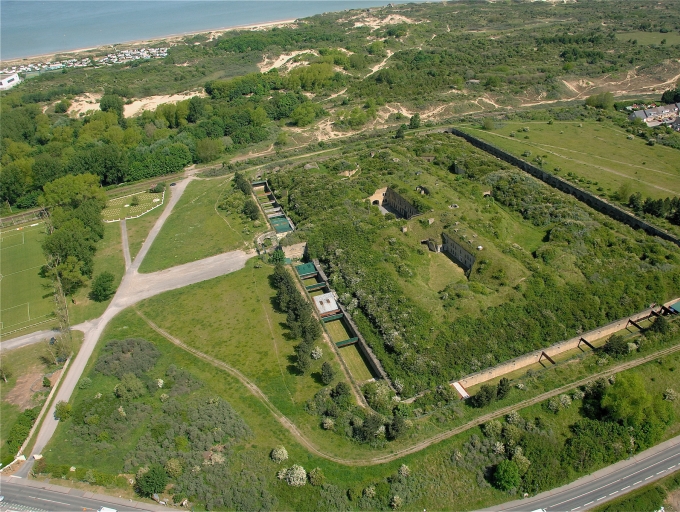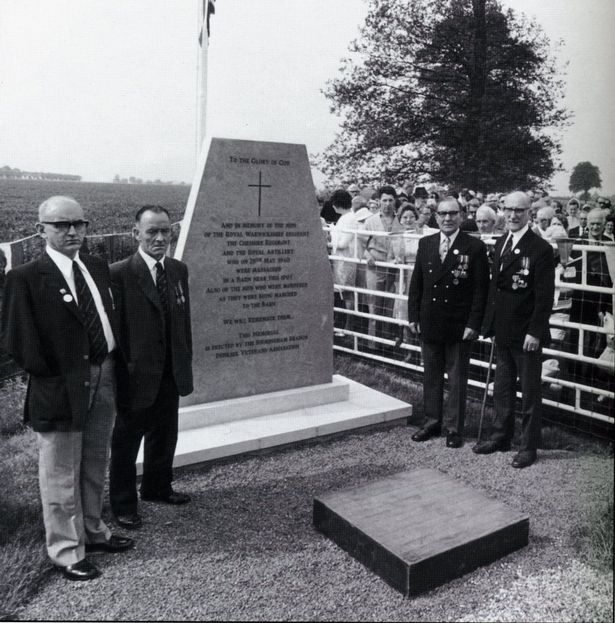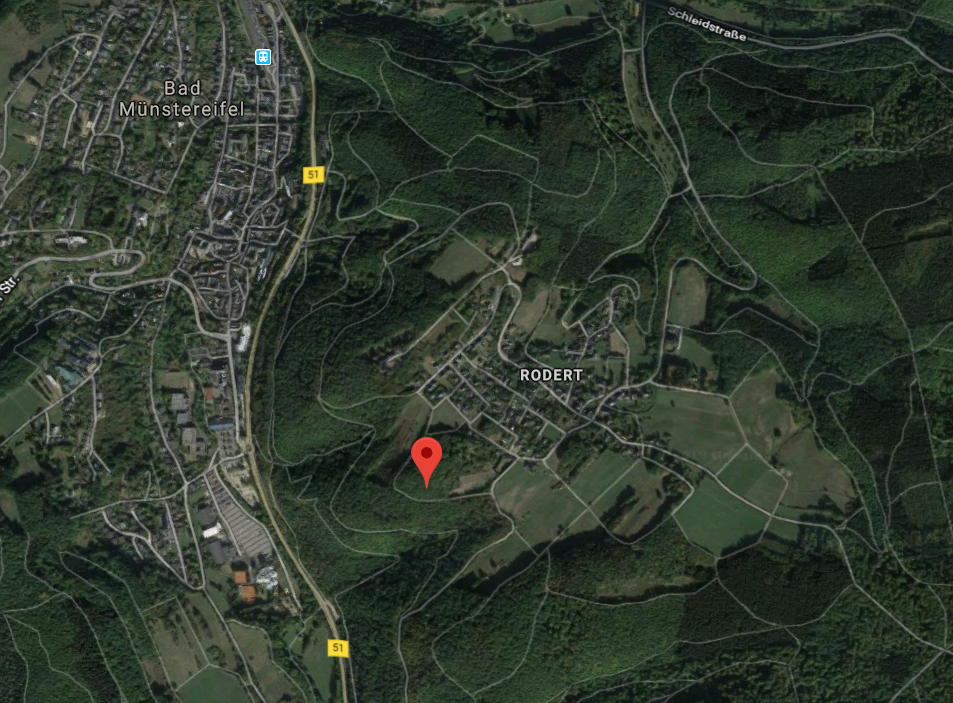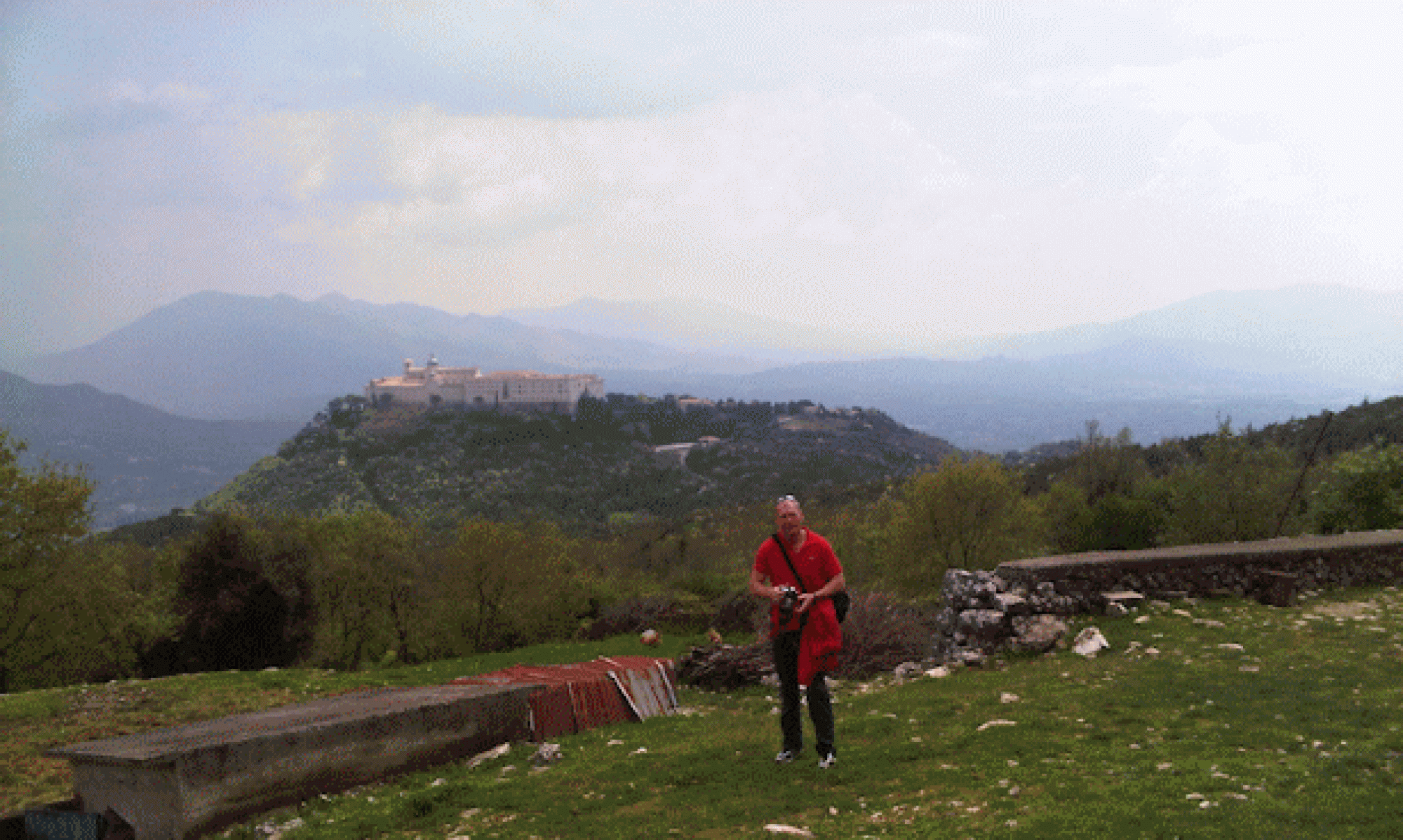In May 1940 the Germans decisively defeated the Franco-British armies and their Belgian and Dutch allies. By the 15th the French high command admitted that they had lost the battle. By 20th May German Panzers had reached the coast, splitting the allied armies in Belgium from France. On 22nd May German armour was poised to capture the ports of Calais, Boulogne and Dunkirk. Yet two weeks later around 325,000 troops got away from encirclement by an enemy with air superiority. How did so the British and 125,000 Frenchmen get away? Where can you find the evidence today?
The French
The French fought with greater skill, determination and courage than is given credit by Anglo-Saxon accounts. Although French senior leadership was weak and indecisive, many British accounts mention small groups of Frenchmen and tanks turning up at the right moment to save the day. The Germans spent time reducing the pocket of French troops around Lille. The French army also were the rearguard for Dunkirk.

The British rearguard actions
The British fought several rearguard actions to protect the flanks of the corridor through which troops withdrew to Dunkirk.
- Mount Cassel, the highest point south of Dunkirk, was held by a British brigade which was sacrificed to deny this key ground to the Germans.
- The town of Hazebrouck and the villages of Wormhout, Hondeghem were all held by British troops who put up a stubborn resistance.
- The first world war battlefields of Ieper and Messines were part of the BEF’s defences.

K Battery RHA at Hondeghem, one of the actions on the flank of the BEF’s route to Dunkerque 
The stubborn defence of Wormhoult was followed by a massacre of British prisoners 
Cassel after the battle 
The hilltop town of Cassel dominated the southern approach to Dunkerque 
Cassel town square bordered by restaurants and tea rooms
The German Halt Order
The German high command ordered its Panzer divisions to halt on the 23rd May, and only released them three days later. The Bundeswehr historian Frieser identified nine different explanations for the Halt Order. The order did not originate with Hitler, but with some German officers concerned about the threat to their flanks. Higher command disagreed about the riskiness of the panzer advance. Hitler sided with the risk averse and the Panzers were halted. The British Official history denies that this was a significant factor.
The threat to the German advance appeared more real on the maps in Hitler’s HQ in the western border of Germany, than to the tactical commanders in France. The key decisions were taken in Hitler’s command bunker, which still exists as a ruin, but is on private land.

Hitler at the Felsennest (Rocky Crag) 
The Felsennest – in the Munster Eifel forest 
There are ruins on private land 
Hitler with his Generals May 1940
The Air War
The apparent success of the Luftwaffe masked the heavy losses suffered by the German air force during the three week campaign. Many German aircraft were still based in Germany. By the time that the Germans reached the channel coast, the Germans were further way from their bases than the RAF based in Britain. There are few traces of the air war over Dunkirk, except for the graves of the airmen lost in the battle.

RAF Graves in Dunkerque area 
German bombers like there like these JU88s were still based in Germany 
Coastal Command aircraft like these Lockheed Hudsons flew over Dunkerque 
The Spitfire first saw combat over Dunkerque 
The Ju87 Stuka posed the main threat to ships
The Arras Counter Attack
On 21st May the Allies mounted a counter attack south from Arras. This was the only attack mounted from the main allied armies north of the German penetration. Although British histories focus on the role of British troops, French armour also played an important part in the battle.
The battle took place over the 1915-17 battlefields of Artois among the cemeteries and memorials from that conflict. There are few memorials from 1940 apart from the war graves. There is a memorial to the Royal Tank Regiment in Arras and a second at Beaurains with a tank track theme. The graves of three men in Wailly communal cemetery are a reminder of the attack famously halted by Rommel in person. Two are British and one French.

Grave of Lieutenant Roy 
Rommel’s view of the battlefield 
RTR Memorial Arras 
RTR Memorial Beurains 
Rommel’s situation map
The Royal Navy
The evacuation at Dunkirk could not have taken place without the brilliant and courageous operations of the Royal Navy, expertly commanded by Admiral Bertram Ramsey. Ramsey was appointed to plan the naval and masterminded the operation from what had been the dynamo room in the fortress under Dover castle, and gave it’s name to operation Dynamo.

Perfidious Albion – British Determination
After the failure of the Arras Counter attack, the British were single minded about evacuating the maximum number of British Troops. The French might have thought that the withdrawal to the coast was to form a defensive bastion. The British did not disabuse them of this until later. Alexander, the British commander on the ground, ignored a directive from Churchill that the British should provide half of the rear guard. There is truth in the claims the British extracted the maximum number of British troops at the expense of the French who were left on the beaches. The memorials to the French rear guard at Bray Dunes is a reminder of this.

Fortunes of War
Luck played a significant part.
- The poorly planned and executed Arras counter attack hit the passing 7th Panzer Division at its weakest spot. Erwin Rommel the German divisional commander defeated the attack brilliantly, but exaggerated the size of the force he faced, which lead to a scare in the Germans HQ and the armour being halted.
- The weather was kind to the Allies.. Rain in late May hampered the Germans, while the sea was never too rough to prevent an evacuation. Three days of gales of the sort that delayed D Day would have left much of the British Expeditionary Force on the beaches.



